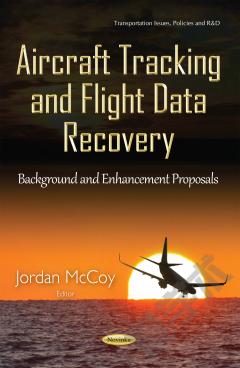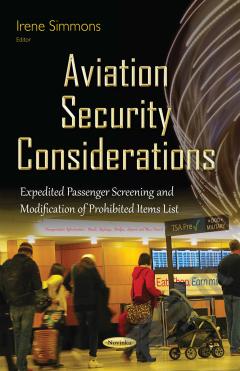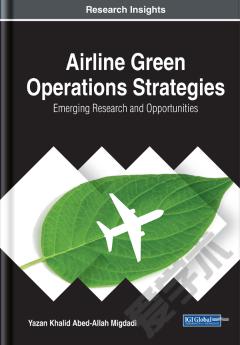Air Traffic Control: Stakeholders’ Perspectives and Options for Reform
The Federal Aviation Administration's (FAA) Air Traffic Organization (ATO) provides air traffic control (ATC) services within U.S. and certain international airspace. U.S. airspace is the most expansive in the world, covering roughly 30.2 million square miles that make up more than more than 17 percent of the world’s airspace.3 Within that airspace, FAA air traffic controllers handle roughly 50,000 operations daily.4 As the demands on the air traffic system have changed over time, Congress and several presidential administrations have sought reforms to improve safety and efficiency and to accelerate modernization projects. Over the past two decades, U.S. aviation stakeholders have debated whether the FAA should be the entity in the United States that operates and modernizes the ATC system. During this period, the Government Accountability Office (GAO) reported on challenges FAA has faced in operating and modernizing the ATC system. FAA reorganized several times in attempts to improve its performance and implement an initiative to modernize the ATC system, known as NextGen. Recent budgetary pressures have rekindled industry debate about FAA’s efficiency in operating and modernizing the ATC system. This book provides perspectives from a wide range of stakeholders on the performance of the ATC system and the NextGen modernization initiative and any challenges FAA may face in managing these activities and potential changes that could improve the performance of the ATC system, including the NextGen modernization initiative.
{{comment.content}}








 京公网安备 11010802027623号
京公网安备 11010802027623号